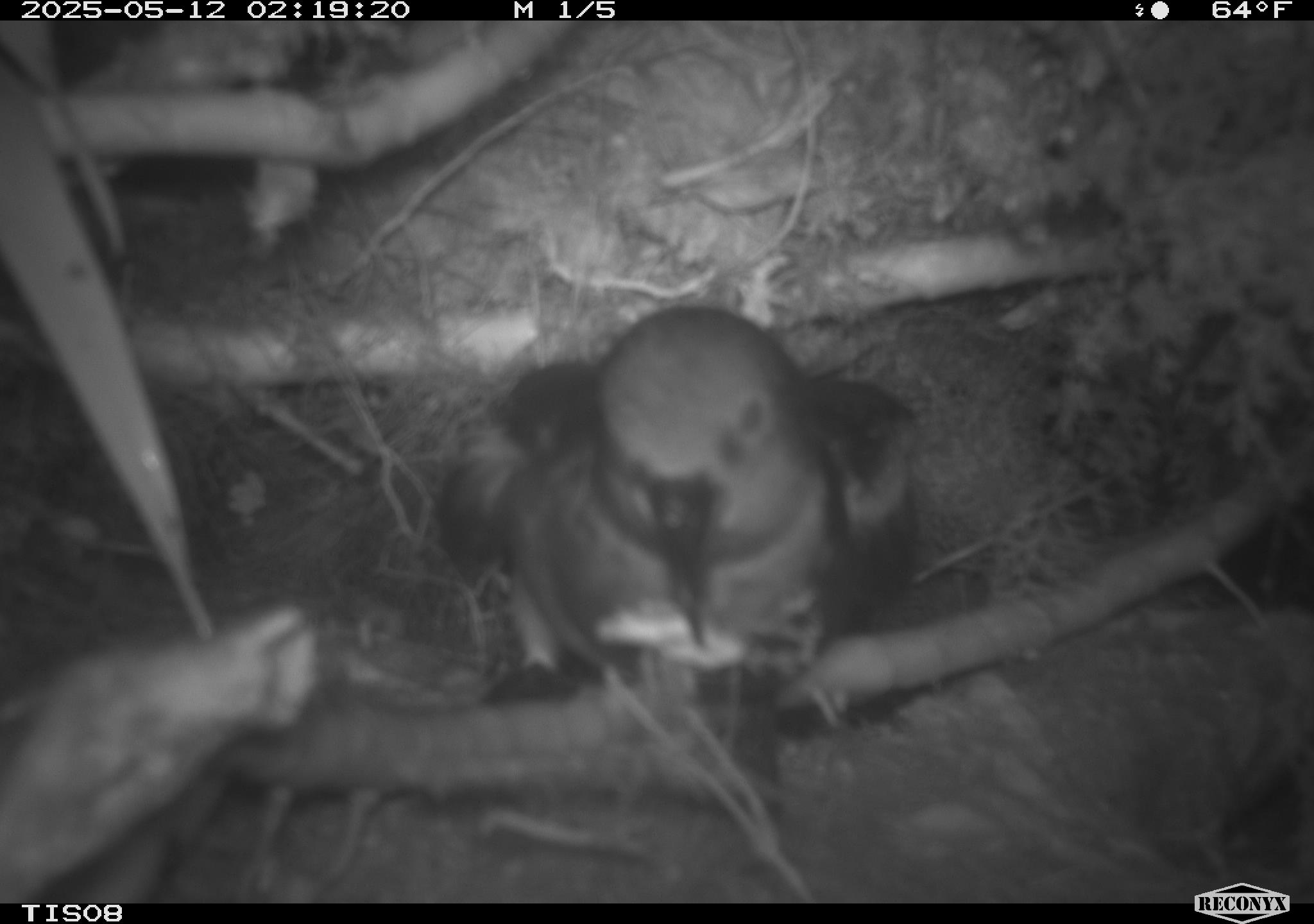Te Manu Tai o Te Kūki ‘Āirani Project Update
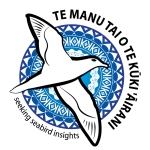 A two-year seabird monitoring programme began in March to find out which species of petrels and shearwaters are currently breeding in the Cook Islands. The project brings together local landowners and conservation groups including Muri Environment Care, the Cook Islands National Environment Service, Te Ipukarea Society, and seabird expert Dr André Raine from Archipelago Research and Conservation (ARC) in Kaua‘i, Hawai‘i.
A two-year seabird monitoring programme began in March to find out which species of petrels and shearwaters are currently breeding in the Cook Islands. The project brings together local landowners and conservation groups including Muri Environment Care, the Cook Islands National Environment Service, Te Ipukarea Society, and seabird expert Dr André Raine from Archipelago Research and Conservation (ARC) in Kaua‘i, Hawai‘i.
Petrels and shearwaters belong to a group of seabirds known as tubenoses, named for their specialised nostrils that help remove salt from seawater. This allows them to survive and feed far from land. Their feeding habits also make them useful to local fisherman, who often locate schools of fish by watching where seabirds are positioned over the ocean.
While these seabirds are rarely seen on land, they return to remote mountain slopes at night to nest. In doing so, they deposit guano — nutrient-rich waste from their ocean diet — directly into inland ecosystems. This guano fertilises mountain vegetation, supports forest growth, and strengthens freshwater systems. These nutrients eventually make their way downstream, helping to sustain coral reef ecosystems. Therefore, seabirds form a vital link between ocean and land, moving nutrients uphill and supporting biodiversity from ridge to reef.
Initial fieldwork for the seabird monitoring project involved scaling many of Rarotonga’s rugged peaks — including Ikurangi, Raemaru, The Needle, Koputu, Maungatea Bluff, Te Manga, Takuvaine Valley, and Toroume. Song-meter devices were installed across these sites to record seabird calls, while teams also searched for signs of burrows. Night surveys were carried out on Raemaru and in the upper Takuvaine Valley to listen for the calls of seabird species returning to nest.
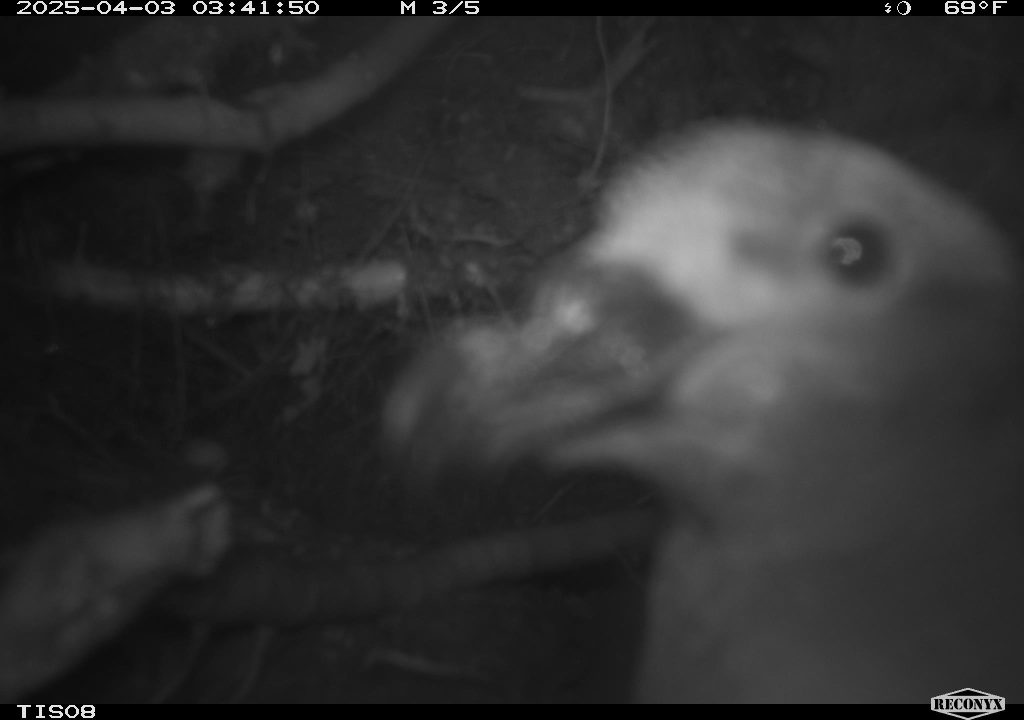
These efforts have already revealed the presence of three tubenose seabird species across Rarotonga: the Herald Petrel, Tropical Shearwater, and the Tahiti Petrel — the latter listed as Near Threatened by the International Union for the Conservation of Nature (IUCN). During a night survey in the upper Takuvaine Valley, the team identified the distinctive, almost prehistoric call of a Tahiti petrel, and a potential burrow was located soon after. A motion-sensor camera was installed at the burrow entrance to gain more information.
Last week, that effort paid off. When the field team returned to check the footage, they recorded for the first time ever in the Cook Islands an active Tahiti petrel burrow. Even more exciting, the footage showed two petrels using the same site, strongly indicating an active breeding pair. These birds are known to form lifelong bonds and reuse the same burrow each season. Therefore, finding this active burrow could be a major milestone for Cook Islands seabird research.
The camera also revealed a more urgent challenge: cats and rats were recorded in the same area, posing a serious threat to the ground nesting seabirds. At more than 500 meters above sea level, this burrow — and likely others nearby — are highly vulnerable to these introduced predators. A targeted predator control programme is now a top priority to protect these rare and valuable ground-nesting seabirds.
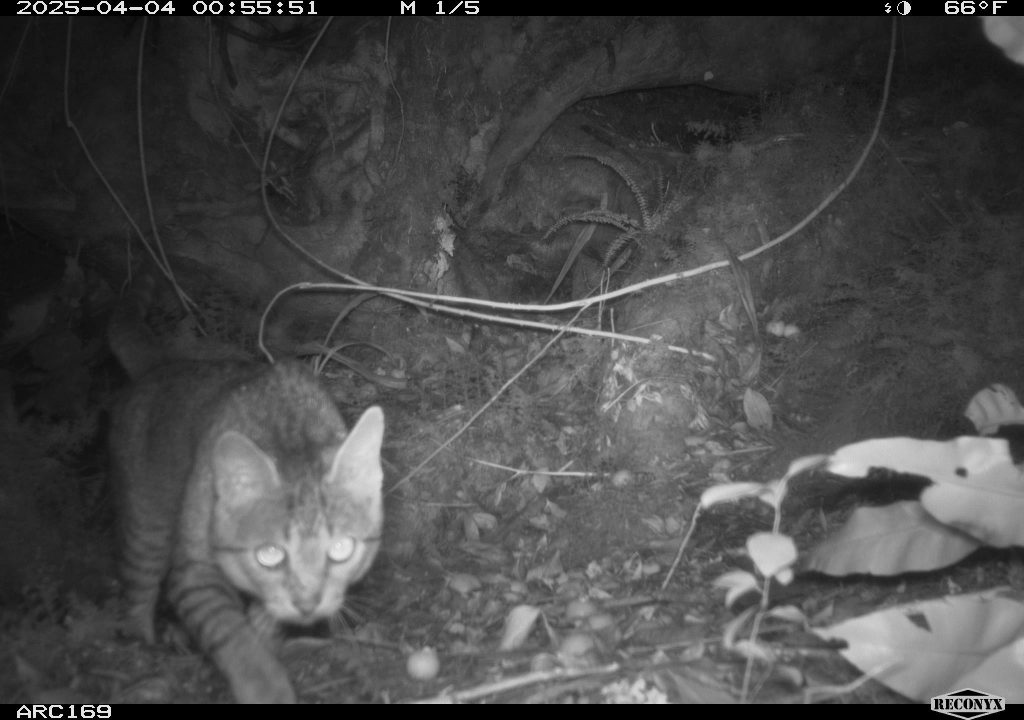
This work is made possible through support from the National Fish and Wildlife Foundation, with additional backing from the Secretariat of the Pacific Regional Environment Programme (SPREP), Island Conservation, BirdLife International Pacific, and the Northern New Zealand Seabird Trust.
